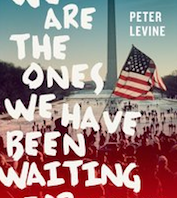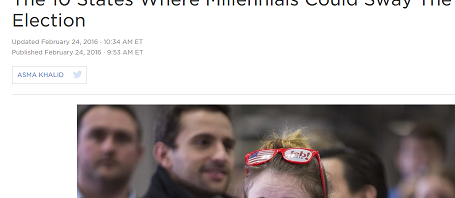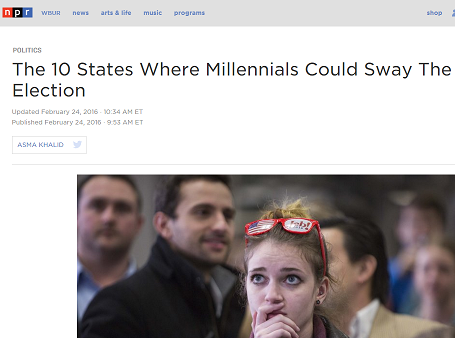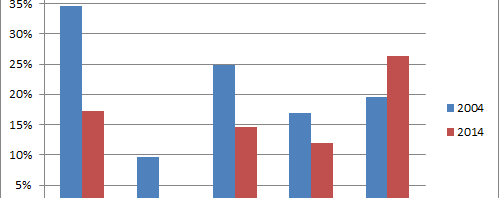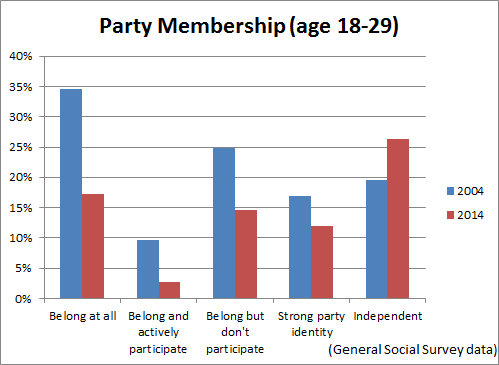- Facebook46
- Total 46
I think that Tamsin Shaw’s article “The Psychologists Take Power” (New York Review of Books, February 25, 2016) is very important. I enjoyed an informal seminar discussion of it on Friday, but that conversation made me realize that the article is rather compressed and allusive, and its argument may not convey to readers who are unfamiliar with the research under review or with important currents in moral philosophy.
This is how I would reconstruct Shaw’s argument:
First, the psychological study of morality presents itself as a science; it claims to be value-neutral and strictly empirical. The phenomena under study are called “moral,” but the researchers purport or at least strive to be value-free.
Given that self-understanding, psychologists are attracted to three research programs: evolutionary biology, neuroscience, and game theory. Each presents itself as value-neutral. The three programs can be made highly consistent if one focuses on rapid human reactions to very basic stimuli, such as sexual desire or perceived threat. These reactions presumably arose well before cultural differentiation, they have Darwinian explanations, they would serve individuals or groups in competitive situations (e.g., while struggling for food or mates), and they light up specific parts of the brain. Findings that seem consistent with all three streams of research have special prestige because they seem particularly hard-headed and empirical. (A perfect example is the Times’ article yesterday: “What’s the Point of Moral Outrage? It may seem noble and selfless, but it’s also about improving your reputation.”)
People who think this way about morality are basically amoral. They have no independent moral compass. Yet they learn techniques that are useful for manipulating subjects, particularly in extreme situations where instinctive human impulses are most pertinent. Therefore, it is no surprise (Shaw writes) that some of them became professional advisers on torture during the first years of the Iraq occupation. Any argument against torture will seem to them arbitrary and subjective.
The last point may be a bit of an ad hominem, although it is certainly worth taking seriously as a warning. But even if all psychologists use good professional ethics, the agenda of making moral psychology strictly empirical needs to be challenged.
For one thing, you can’t study phenomena categorized as “moral” without independently deciding what constitutes morality. We have many deep, instinctive impulses. For instance, we are capable of altruism and even self-sacrificing love, but also of violence and greed. It’s plausible that many of these impulses have evolutionary roots and can be explained in game-theoretic terms. But only some of them are moral. Imagine, for instance, that I said, “Greed is a moral virtue that we developed early in our evolution as a species to motivate individuals to maximize resources.” This would not be a scientifically false statement. It would be morally false. The mistake is to call greed a “virtue.”
Jonathan Haidt likes to provoke liberals by describing “authority” and “sanctity” as moral values. They may be, but that requires a moral argument against the position that only care, fairness, liberty, and loyalty count as moral. The fact that some people see authority and sanctity as virtues does not make that opinion right. Hitler thought that racial purity was moral, and he was wrong. So moral reasoning is indispensable.
Further, when we reason morally, we are usually thinking about very complex, socially constructed phenomena that we don’t directly perceive. We certainly don’t experience them as immediate sense-data. I wrestle with my feelings about democracy, the United States, academia, capitalism modernity, etc. These things don’t appear in my visual field like violent threats or piles of yummy food. I experience such institutions through speech and text, through vicarious reports, and by accumulating experience and arguments over decades. Possibly the impulses that homo sapiens developed early in our evolution influence my judgments. For instance, I may have a deep, unconscious tendency to separate people into in-groups and out-groups, and that may affect my tendency to see the USA as my group. But I could treat another unit as my main group, I could be uninterested in (or even unaware of) the USA as an entity, or the country might not even exist. A nation is a social construction, built by people for complex reasons, that we understand in a mediated way. It would be a contentious assumption, not a hard-nosed scientific premise, that our most primitive impulses have much to say about institutions or our attitudes toward them.
See also: Jonathan Haidt’s six foundations of morality; neuroscience and morality; morality in psychotherapy; on philosophy as a way of life; is all truth scientific truth?; and right and true are deeply connected.
